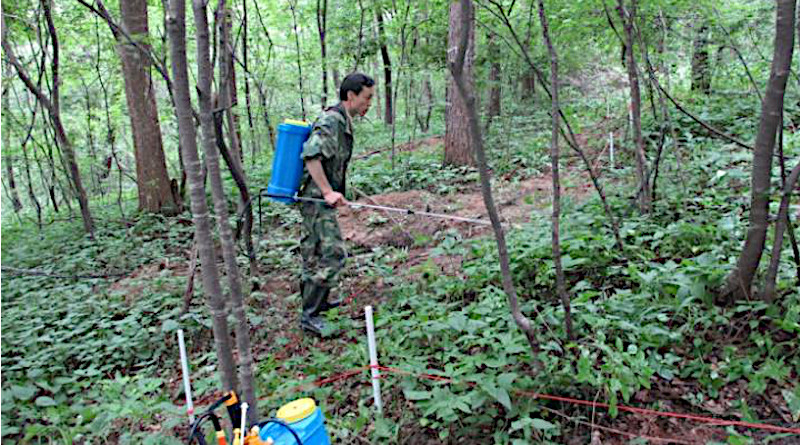Ammonia Has Been Wrongly Missing In Portraying Air Pollution Impacts
Nitrogen is essential for all living things. Synthetic fertilizer, which contains rich reactive nitrogen, has sustained food production and thereby the global population, but the nitrogen it emits is also a burden to the environment–air pollution, soil acidification, water eutrophication, to name just some of the consequences.
Although numerous field studies have been conducted to understand the implications of atmospheric nitrogen deposition in the environment, conventional manipulative experiments have mostly been employed, by adding nitrogen solution directly onto grassland or forest floors (soil).
In an article recently published in Atmospheric and Oceanic Science Letters, Dr Yuepeng Pan, from the Institute of Atmospheric Physics, Chinese Academy of Sciences, and his coauthors, challenge the traditional approach in evaluating the impacts of nitrogen deposition.
“There are three ways for nitrogen to be deposited: rainfall, aerosol and gas; and spraying nitrogen solution onto soil assumes that atmospheric deposition occurs mainly as rainfall (wet deposition),” says Dr Pan. “However, dry deposition of gaseous and particulate reactive nitrogen species, especially ammonia, is also an important deposition process.”
Dr Pan also points out that there have only been a limited number of field studies that have investigated the bidirectional exchange of ammonia between the atmosphere and plants, not to mention the impacts of ammonia on natural ecosystems.
“Ammonia plays a vital role in nitrogen deposition and haze pollution. To make things worse, atmospheric ammonia concentrations have increased worldwide in recent decades,” suggests Dr Pan. “The next generation of field experiments simulating nitrogen deposition should further consider ammonia.”

